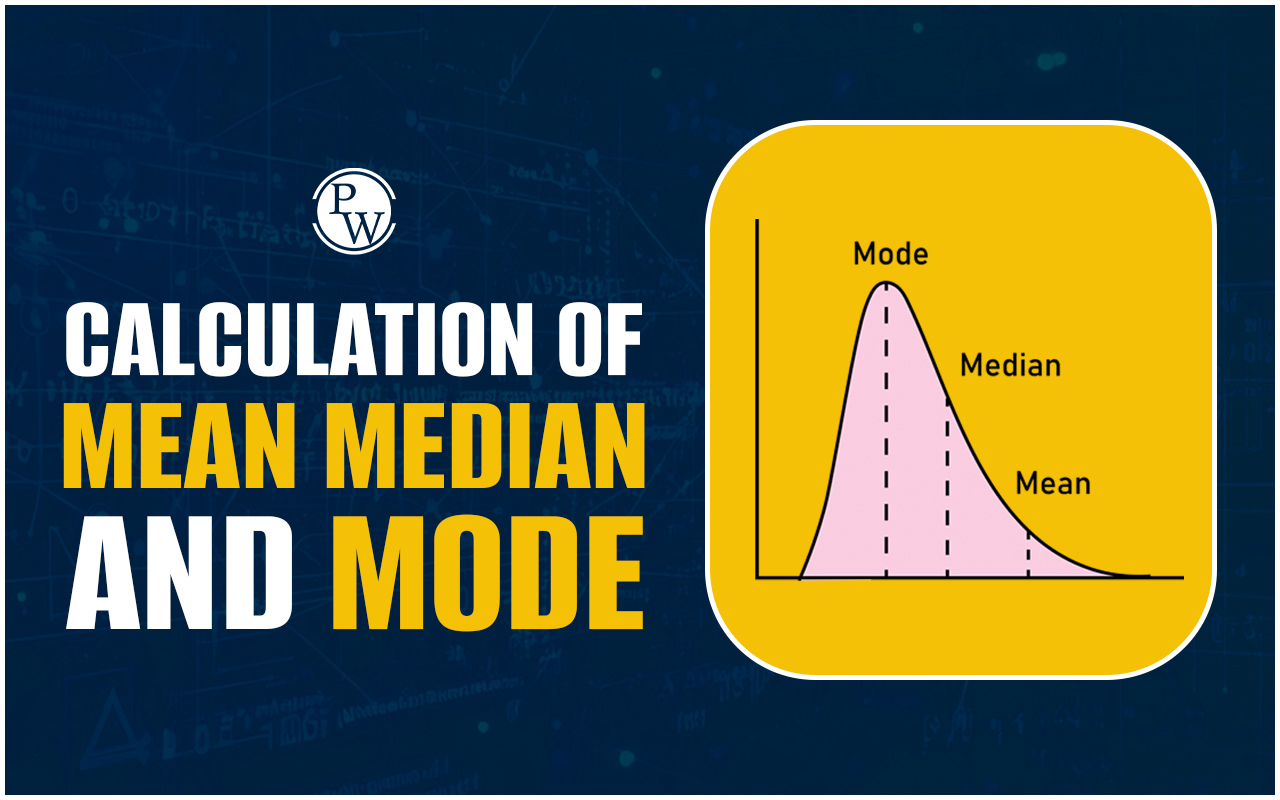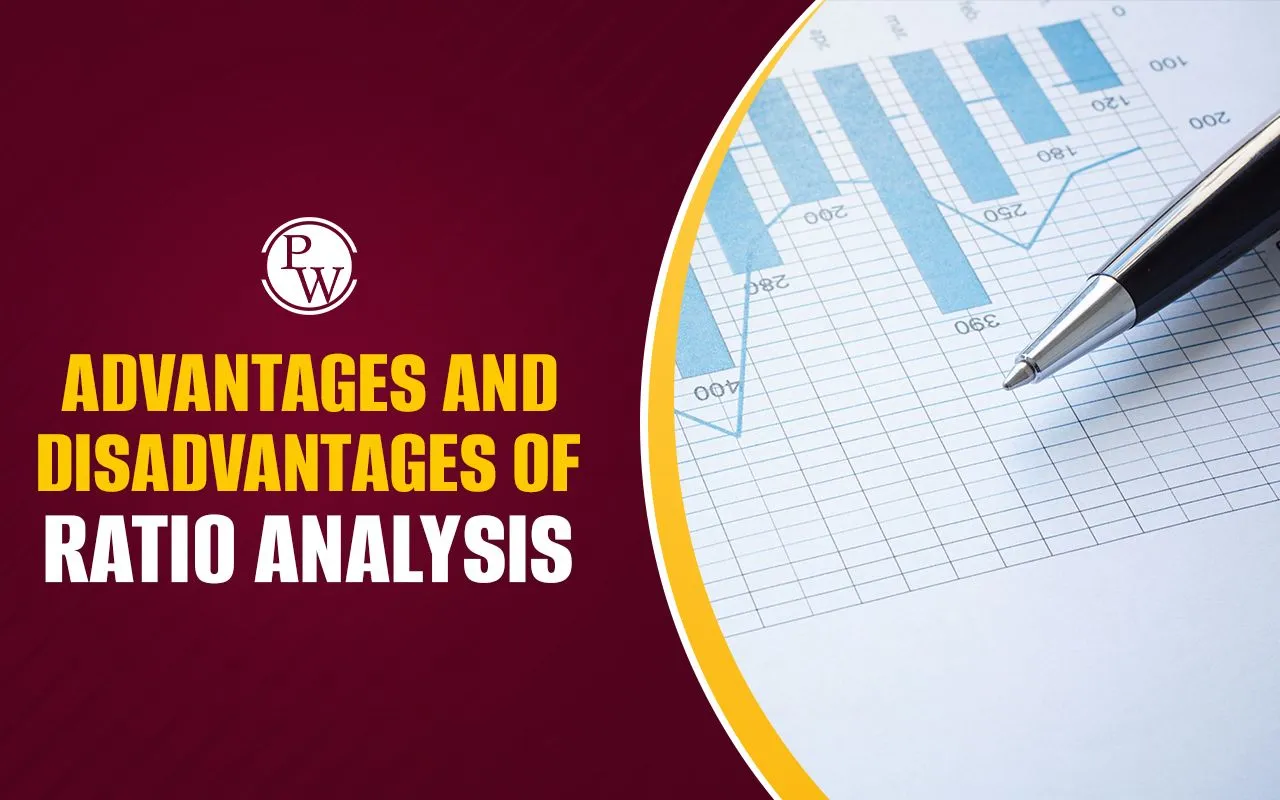

The Consumer Price Index (CPI) is a crucial economic indicator used worldwide to track changes in the average price level of household goods and services over time. It measures inflationary pressures by comparing the cost of a fixed basket of essential items—such as food, housing, transportation, and healthcare—between different periods.
This calculation provides a numerical index that reflects the percentage change in prices relative to a chosen base year. Governments, central banks like the Reserve Bank of India, and policymakers rely on CPI data to formulate economic policies, manage monetary stability, and adjust wages and benefits to keep pace with inflation. For consumers and businesses, CPI is a vital tool for budgeting, forecasting economic trends, and assessing purchasing power in response to changing price levels.What Is the Consumer Price Index (CPI)?
The Consumer Price Index (CPI) is a widely recognized indicator of retail inflation within an economy. It assesses fluctuations in prices for goods and services commonly consumed by the public. CPI is computed based on a consistent selection of goods and services, which may be periodically adjusted by government authorities. As a macroeconomic metric, CPI is a key tool for measuring inflation, crucially informing economic decisions made by central and state governments and the Reserve Bank of India. These decisions aim to manage monetary supply and ensure price stability in the country.Types of Consumer Price Indexes (CPIs)
Consumer Price Indexes (CPIs) are diverse metrics used to gauge changes in the prices of goods and services consumers purchase. These indexes are crucial for assessing inflationary trends, cost-of-living adjustments, and economic stability across different sectors and demographics.- Headline CPI : This measures the overall change in prices of a basket of goods and services consumed by households, covering various categories such as food, housing, transportation, and healthcare.
- Core CPI : Excluding volatile items like food and energy, core CPI focuses on the underlying inflation trends, providing a more stable measure of price changes over time.
- Urban CPI : Specifically measures price changes in urban areas, reflecting the cost of living for city dwellers and accounting for urban-specific consumption patterns.
- Rural CPI : Tracks price changes in rural areas, capturing the cost of living for residents outside urban centres, where consumption patterns may differ from urban areas.
- Regional CPI : This measure calculates price changes in specific regions or cities within a country, offering localised insights into inflation trends and cost-of-living variations across different geographic areas.
- Owner-Occupied Housing CPI : This indicator specifically measures changes in the cost of housing for homeowners, including factors like rent equivalents and property taxes, providing insights into housing-related inflation.
- Specialised CPIs : These indexes focus on specific consumer groups or products, such as the CPI for elderly people (for retirees), the CPI for wage earners (reflecting income levels), and sector-specific CPIs (like the CPI for healthcare or education).
| Also Read | |
| What is GNP? | Top 5 Objectives of GST |
| Difference between GST and VAT | Depreciation Expense |
How is CPI Calculated in India?
Measuring the price of goods and services consumed by the average Indian is complex. It has food, clothing, transportation, medical care, electricity, education, and more expenses.- Calculation and Base Year: The CPI is calculated as a percentage, comparing the general market price level during a specific period to a base year. The base year is a benchmark managed by the Central Statistics Office (CSO) and the Ministry of Statistics and Programme Implementation (MoSPI). Recently, the base year shifted from 2010 to 2012, effective January 2015.
- Categories and Weights : Items in the CPI basket include food and beverages, clothing, housing, fuel and light, recreation, and others. Each category is assigned a specific weight.
- Data Collection : The National Statistics Office (NSO) collects CPI data from 1,181 village markets and 1,114 urban markets across 310 towns and cities nationwide. This extensive data collection ensures a comprehensive assessment of price changes across different regions and sectors.
- CPI Formula
CPI=(Cost of the basket in the base year/Cost of the basket in the current year)×100
Alternatively, it can be expressed as:CPI=(Cost of the basket (0)Cost of the basket (t))×100
This formula quantifies the CPI by comparing the cost of a standard basket of goods and services between the current year and a chosen base year, providing a numerical indicator of inflation or deflation over time.How is the Consumer Price Index (CPI) Used?
The Consumer Price Index (CPI) is a crucial economic tool used to measure changes in the prices of goods and services over time. It provides valuable insights into inflationary trends and the cost of living adjustments that affect households, businesses, and policymakers alike.- Cost of Living Measurement : CPI is a primary tool for assessing changes in the cost of living over time. It tracks the average price change of a basket of goods and services that typical consumers purchase, providing insights into inflationary trends.
- Inflation Measurement : Governments and central banks use CPI to monitor inflation rates. It helps policymakers gauge the impact of monetary and fiscal policies on the economy by tracking how prices are rising or falling across various sectors.
- Adjusting Wages and Benefits : CPI serves as a reference point for adjusting wages, salaries, pensions, and government benefits to maintain their real purchasing power. Cost-of-living adjustments (COLAs) are often tied to changes in CPI to ensure income levels keep up with inflation.
- Economic Indicator : CPI is a crucial economic indicator used by analysts, investors, and businesses to forecast future price movements, plan budgets, and make investment decisions. It provides insights into consumer spending patterns and overall economic health.
- Contractual Agreements : In some contracts and agreements, CPI changes adjust prices or payments over time. For example, rental agreements or long-term supply contracts may include CPI clauses for inflationary pressures.
Begin your journey towards academic excellence in Commerce with our comprehensive Class 11 Commerce courses . Master the CBSE syllabus with expert guidance and ace your exams. Enroll now!”
Consumer Price Index formula FAQs
How is the CPI formula used?
Governments, central banks, economists, and businesses use the CPI formula to monitor inflation, adjust economic policies, and assess the impact of price changes on households and the economy. It serves as a key economic indicator for making informed decisions related to wages, benefits, investments, and pricing strategies.
Can the CPI formula result in negative values?
No, the CPI formula typically does not result in negative values. It is designed to measure relative changes in prices over time, so the CPI index is adjusted to ensure it reflects inflation or deflation accurately. Negative values would generally indicate deflation, where prices are decreasing over time.
Talk to a counsellorHave doubts? Our support team will be happy to assist you!

Free Learning Resources
PW Books
Notes (Class 10-12)
PW Study Materials
Notes (Class 6-9)
Ncert Solutions
Govt Exams
Class 6th to 12th Online Courses
Govt Job Exams Courses
UPSC Coaching
Defence Exam Coaching
Gate Exam Coaching
Other Exams
Know about Physics Wallah
Physics Wallah is an Indian edtech platform that provides accessible & comprehensive learning experiences to students from Class 6th to postgraduate level. We also provide extensive NCERT solutions, sample paper, NEET, JEE Mains, BITSAT previous year papers & more such resources to students. Physics Wallah also caters to over 3.5 million registered students and over 78 lakh+ Youtube subscribers with 4.8 rating on its app.
We Stand Out because
We provide students with intensive courses with India’s qualified & experienced faculties & mentors. PW strives to make the learning experience comprehensive and accessible for students of all sections of society. We believe in empowering every single student who couldn't dream of a good career in engineering and medical field earlier.
Our Key Focus Areas
Physics Wallah's main focus is to make the learning experience as economical as possible for all students. With our affordable courses like Lakshya, Udaan and Arjuna and many others, we have been able to provide a platform for lakhs of aspirants. From providing Chemistry, Maths, Physics formula to giving e-books of eminent authors like RD Sharma, RS Aggarwal and Lakhmir Singh, PW focuses on every single student's need for preparation.
What Makes Us Different
Physics Wallah strives to develop a comprehensive pedagogical structure for students, where they get a state-of-the-art learning experience with study material and resources. Apart from catering students preparing for JEE Mains and NEET, PW also provides study material for each state board like Uttar Pradesh, Bihar, and others
Copyright © 2025 Physicswallah Limited All rights reserved.











